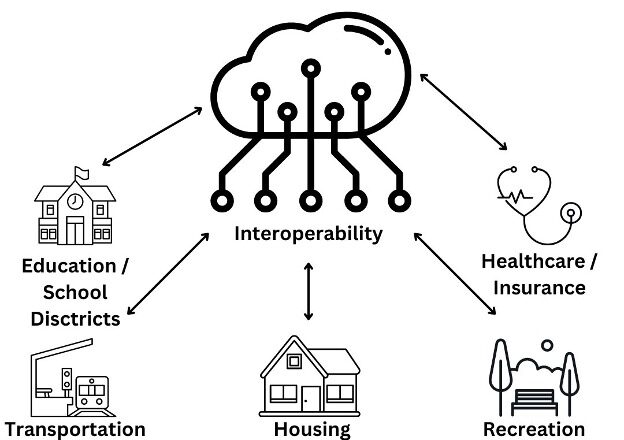The U.S. School District Complete Profile Dataset
The Problem
The current national educational data infrastructure is found within multiple unconnected source systems that are not fully interoperable. District operational data is primarily used for complying with state reporting requirements and is aggregated by states for federal reporting. Further, there is limited data sets available which compare districts from one state to that of another.
The Solution
Researchers at the University of Tennessee have developed a dataset that contains quantitative information about every K-12 public education school district in the United States. This data set is customizable, updated annually, and allows for an easy comparison between different school districts even in different states.

Key Data Set Metrics include:
District enrollment
Student/Teacher ratio
District Type
-NCES locale
-Population served
-Counties Covered
-Number of schools
District Status
-School funding gaps
-Number of students in poverty
-Percent of students in SPED
-Percent of students in ELL
-Percent of ethnicities
Cost of Living
-Overall
-Healthcare
Benefits
| Benefit |
|---|
| Quick comparison of key market metrics for better market planning |
| Building toward a nationwide strategy of data interoperability |
| Customizable to fit specific needs |
| Updated annually |
More Information
- Gregory Sechrist
- Technology Manager, Multi Campus Office
- 865-974-1882 | gsechris@tennessee.edu
- UTRF Reference ID: 23150
- Patent Status:

Innovators
Jian Huang

Professor, Department of Electrical Engineering and Computer Science, UT Knoxville
Dr. Huang received his PhD from The Ohio State University in Computer Science. His research interests include ultra-scale scientific visualization areas such as large data visualization, multivariate data visualization and time-varying data visualization, as well as systems-oriented areas of visualization such as parallel, distributed, remote and collaborative visualization. His research has been funded by the Department of Energy, National Science Foundation, NASA and UT-Battelle.
Read more about Jian Huang